Producer Blanton Alspaugh has published a wonderful op-ed in The Wall Street Journal about the explosion of interest in sacred music. Cappella Records has been thrilled to work with Blanton Alspaugh and his SoundMirror engineering team on many of our most recent recordings, and we are honored to have them featured in such a wonderful article:
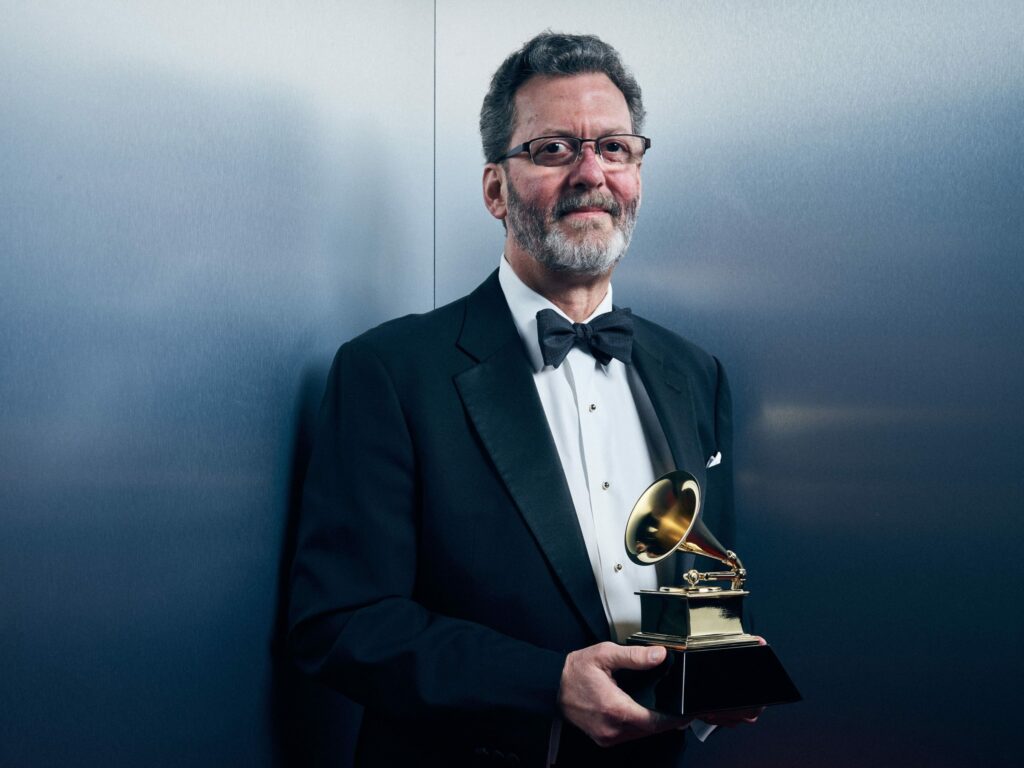
“Across the Orthodox, Catholic and Protestant traditions, a new generation of American composers is writing important and distinctly American music for worship, in ways that both draw on tradition and renew it. In the Orthodox world, there is a blossoming of new works in English. The All-Night Vigil music most people know is by the 20th-century Russian composer Sergei Rachmaninoff, written in Church Slavonic. It’s a beautiful work, with one foot in the church and the other in the concert hall. But many Orthodox churches in the U.S. need more liturgical music in English. In my own recording experience, composers Benedict Sheehan, Kurt Sander and Robert Kyr have written important new settings in English of the Vespers, the Divine Liturgy of St. John Chrysostom, and the All-Night Vigil. These new works have been commissioned, respectively, by St. Tikhon’s Orthodox Monastery (South Canaan, Pa.), the Patriarch Tikhon Russian-American Music Institute (Tiburon, Calif.), and the Portland, Oregon-based Cappella Romana.
This latter group has also recorded “Heaven and Earth: A Song of Creation—Psalm 103.” David’s psalm celebrating the glory of all creation was divided among six Orthodox composers as far-flung as Iowa, Oregon, Kentucky, California, Colorado and Ireland. The six individual compositional voices cohere in a rich and reverent meditation on science and faith.…
Another fascinating example emerges in recent works of composer Frank La Rocca of the Benedict XVI Institute. Mr. La Rocca’s “Mass of the Americas” draws on distinctly American Catholic religious themes. The work is a tribute to Our Lady of the Immaculate Conception, patroness of the U.S., and Our Lady of Guadalupe, patroness of all the Americas. Musically, the “Mass of the Americas” incorporates Mexican folk hymns into the fabric of contemporary high-church sacred music, while showing due respect for its sources. It also includes possibly the first Ave Maria ever set in Nahuatl, the Aztec language in which Our Lady of Guadalupe spoke to San Juan Diego.
As with great Masses composed during the Renaissance, the Mass of the Americas has won new audiences—in packed celebrations in churches and cathedrals in Houston, New York, San Francisco and Washington, as well as Canada and Mexico. Prof. Michael Linton recently dubbed the work “the best piece of liturgical music for the Mass since [the requiem of Maurice] Duruflé.”
—Blanton Alspaugh, The Wall Street Journal
See the full piece online wsj.com

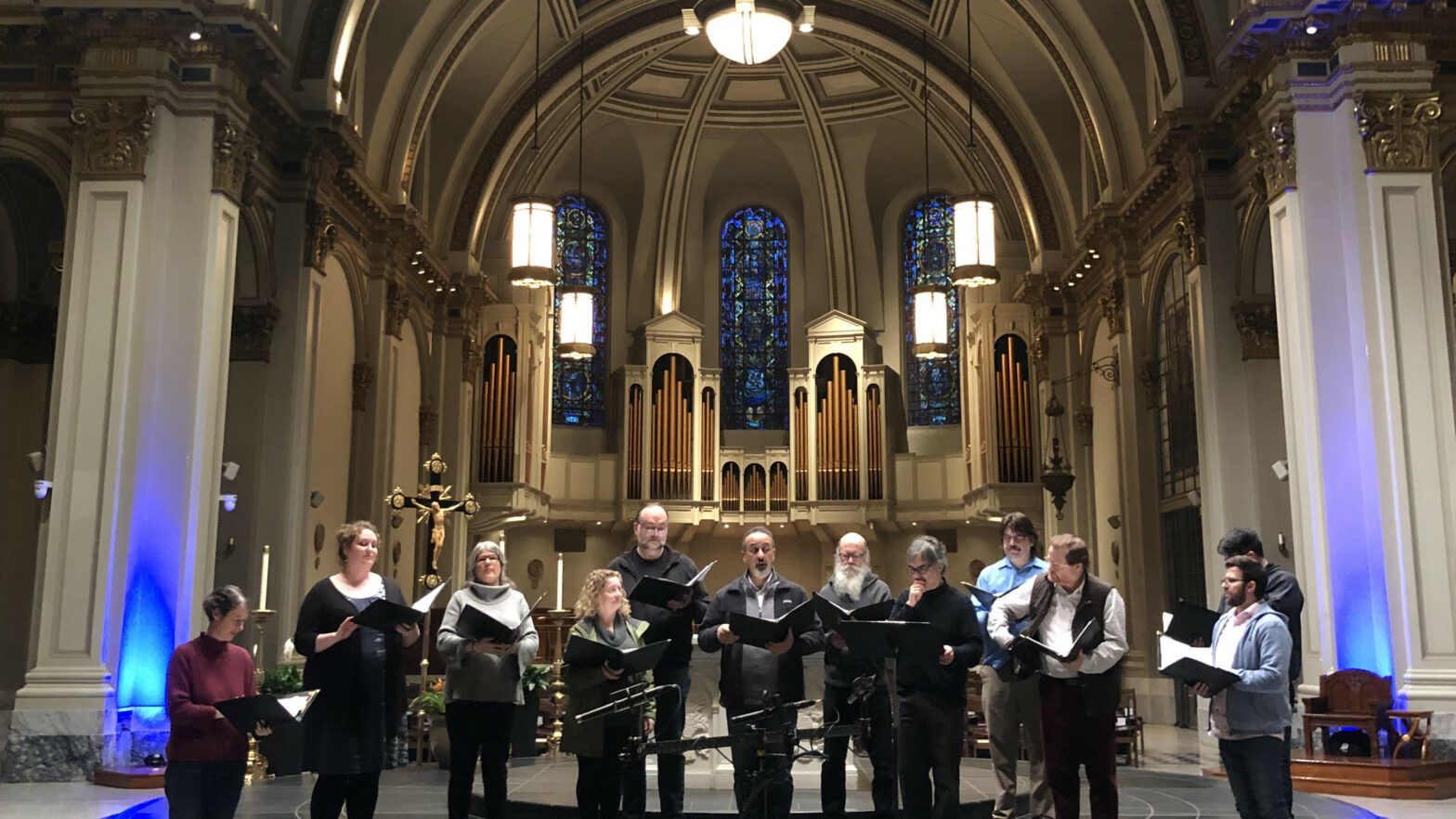
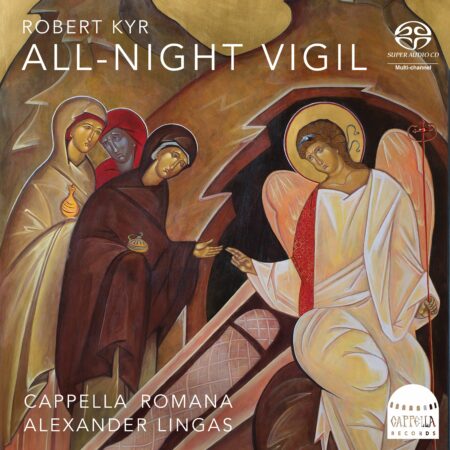
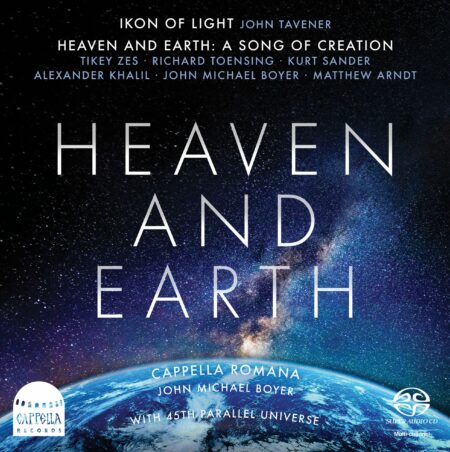
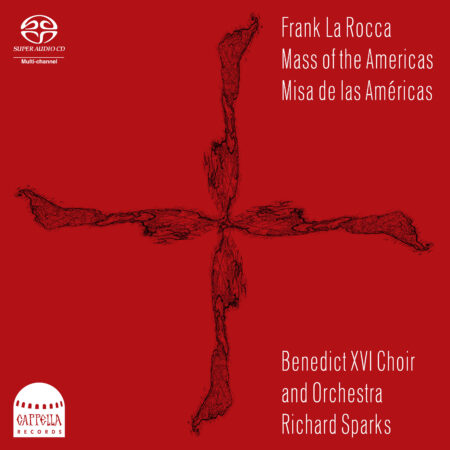
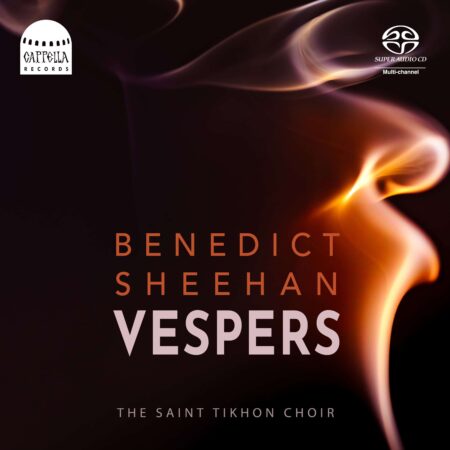
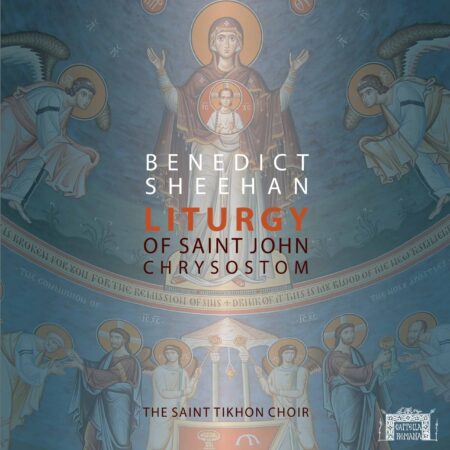

You must be logged in to post a comment.